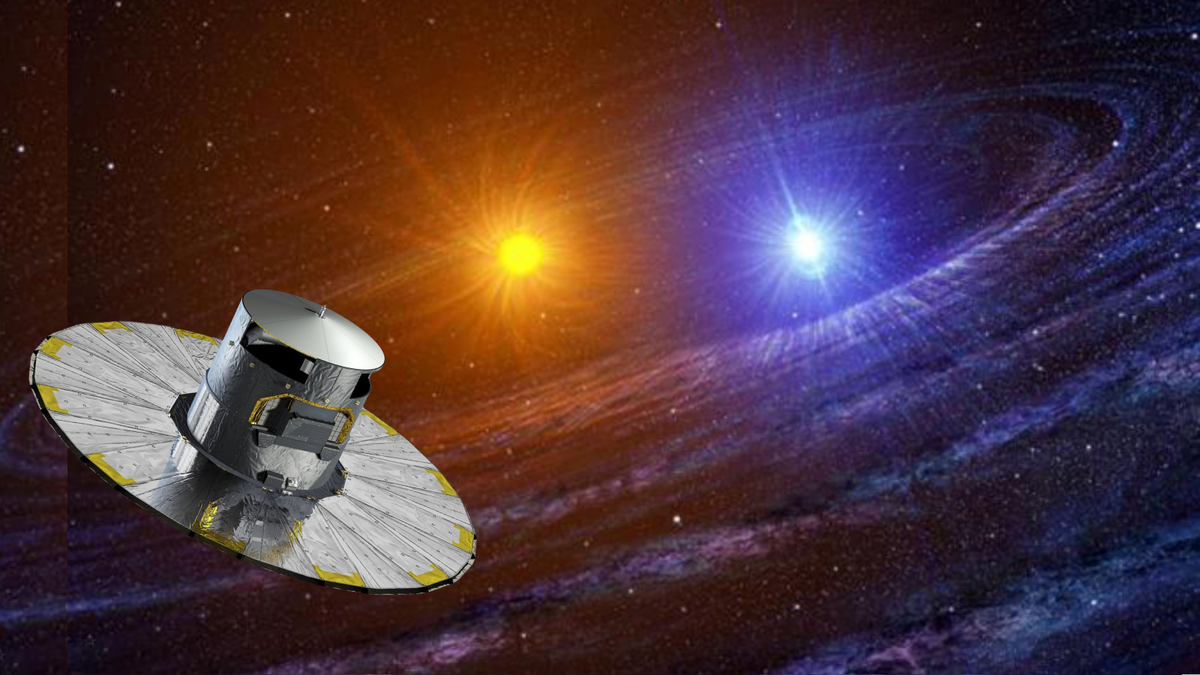The Rebirth of Binary Stars: A Renaissance in Astrophysics
In recent years, there has been a resurgence in the study of binary stars, a field that was once considered old and somewhat forgotten in the realm of astrophysics. Unlike some 90s trends that have faded into obscurity, binary stars have once again taken the spotlight as essential contributors to our understanding of stellar evolution and exotic astrophysical phenomena.
Exploring the Importance of Binary Stars
Binary stars play a crucial role in unraveling the mysteries of the universe. They provide valuable insights into stellar evolution and offer a deeper understanding of phenomena such as supernova explosions, which signify the birth of black holes and neutron stars. For many years, however, research on binary stars was overlooked, with astronomers focusing on other areas of astrophysics.
Thankfully, the tide has turned, and binary stars are experiencing a renaissance thanks to the wealth of cosmic data provided by the European Space Agency’s Gaia telescope. This space telescope, launched in 2013, has revolutionized our understanding of the cosmos by mapping the motions, luminosities, temperatures, and compositions of over a billion stars in the Milky Way galaxy and beyond.
The Impact of Gaia on Binary Star Research
The latest data drop from Gaia in October 2023, containing information on 1.8 billion stars, has opened new avenues for binary star research. Gaia’s astrometric capabilities allow astronomers to detect the presence of binary companions around stars, providing orbital solutions for a vast number of binary systems.
Binary stars, which account for over half of all stellar systems in the Milky Way, offer unique opportunities for studying phenomena that are not observed in single-star systems. They allow scientists to investigate mass transfers between stars, orbital dynamics, and the merger of stars into a single entity.
Revealing the Secrets of Binary Systems
One of the most exciting aspects of studying binary stars is the opportunity to detect exotic objects like white dwarfs, neutron stars, and black holes. These systems emit gravitational waves as they spiral around each other, providing valuable insights into the nature of these mysterious entities.
Additionally, Gaia’s data has enabled astronomers to better estimate the distances of binary stars and study the prevalence of binaries with similar mass companions. This newfound understanding has lifted major roadblocks in astrophysics and shed light on the complexities of stellar evolution.
A Bright Future for Binary Stars
The resurgence of interest in binary star research comes at a pivotal moment in astrophysics, coinciding with recent detections of gravitational waves from merging black holes and neutron star binaries. This renaissance promises exciting discoveries and a deeper understanding of the universe’s most enigmatic phenomena.
As we delve further into the mysteries of binary stars, we are reminded of the intricate dance of the cosmos and the endless possibilities that lie beyond our celestial backyard. The future of astrophysics shines brightly, fueled by the rekindled passion for exploring the wonders of the universe.
Kareem El-Badry’s comprehensive analysis of a decade of Gaia binary star data offers a glimpse into the fascinating world of binary systems and the profound impact they have on our understanding of the cosmos. To read El-Badry’s research, visit the paper repository site arXiv.
Image/Photo credit: source url





